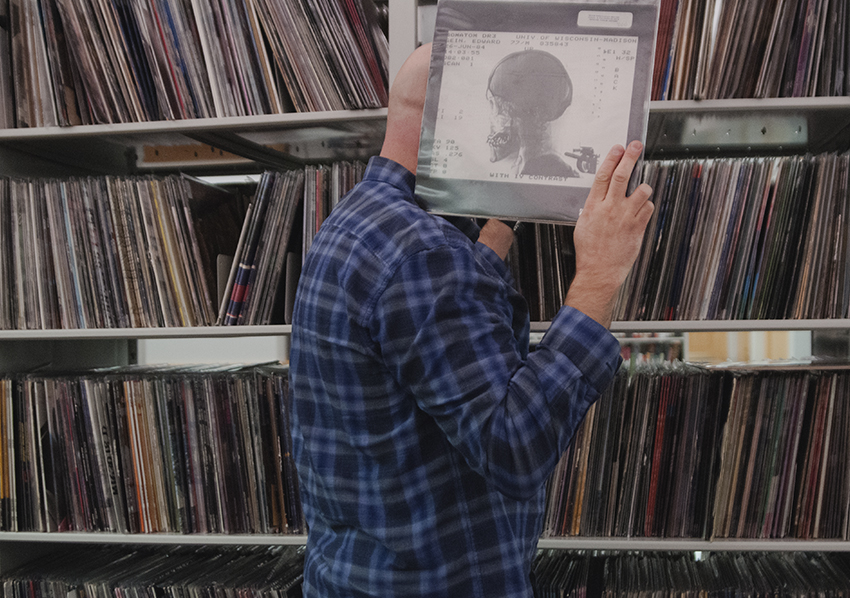Inside\Within is a constantly updating web archive devoted to physically exploring the creative spaces of Chicago's emerging and established artists.
Support for this project was provided by The Propeller Fund, a joint administrated grant from Threewalls and Gallery 400 at The University of Illinois at Chicago.

Search using the field below:
Or display posts from these tags:
3D printing 3D scanning 65 Grand 7/3 Split 8550 Ohio 96 ACRES A+D Gallery ACRE animation Art Institute of Chicago Arts Incubator Arts of Life audio blogging Brain Frame CAKE Carrie Secrist Gallery casting ceramics Chicago Artist Writers Chicago Artists Coalition Chicago Cultural Center Cleve Carney Art Gallery Clutch Gallery Cobalt Studio Coco River Fudge Street collage collection Columbia College Chicago Comfort Station comics conceptual art Contemporary Art Daily Corbett vs. Dempsey Creative Capital DCASE DePaul University design Devening Projects digital art Dock 6 Document drawing Duke University dye Elmhurst Art Museum EXPO Chicago Faber&Faber fashion fiber Field Museum film found objects GIF Graham Foundation graphic design Harold Washington College Hatch Hyde Park Art Center illustration Image File Press Imagists Important Projects ink installation International Museum of Surgical Science Iran Jane-Addams Hull House Museum jewelry Joan Flasch Artist's Book Collection Johalla Projects Julius Caesar Kavi Gupta Links Hall Lloyd Dobler LVL3 Mana Contemporary metalwork Millennium Park Minneapolis College of Art and Design Monique Meloche Museum of Contemporary Art Chicago (MCA) Museum of Contemporary Art Detroit (MOCAD) Museum of Contemporary Photography (MoCP) National Museum of Mexican Art (NMMA) National Resources Defense Council New Capital Northeastern Illinois University Northwestern University Ox-Bow painting paper mache Peanut Gallery peformance Peregrine Program performance photography PLHK poetry portraiture printmaking public art Public Collectors publications Renaissance Society risograph rituals Roman Susan Roots&Culture SAIC screen printing sculpture Sector 2337 Shane Campbell Silver Galleon Press Skowhegan Slow Smart Museum Soberscove Press social practice South of the Tracks Storefront SUB-MISSION Tan n' Loose Temporary Services Terrain Terrain Biennial text-based textile textiles The Banff Centre The Bindery Projects The Cultural Center The Franklin The Hills The Luminary The Packing Plant The Poetry Foundation The Poor Farm The School of the Art Institute of Chicago (SAIC) Threewalls Tracers Trinity College Trubble Club University of Chicago University of Illinois at Chicago (UIC) University of South Florida at Tampa Valerie Carberry Vermont Studio Center video weaving Western Exhibitions wood carving woodwork Yellow Book Yollocalli Arts Reach zinesInside\Within is produced in Chicago, IL.
Get in touch:
contactinsidewithin@gmail.com
Marc Fischer’s Archived Ephemera

Marc’s practice deals in archives, excavating the contents of those found both in public libraries and the basement collections of acquaintances’ homes. His interest in private collections comes from the meticulous obsession that informs an individual’s collecting, and the knowledge attached to patient research rather than classical training. For our interview we met Marc at the Harold Washington Library, where he invited us to explore how he examines the public resource’s vintage newspaper microfilm, obscure periodicals, and rotating displays in order to gather content for his ever-growing publication series.
I\W: How do your projects Temporary Services and Public Collectors overlap within your practice?
MF: To give a little history, Temporary Services started in 1998, and at the most we had seven people working together, but for a large part of our history there have just been three—Brett Bloom, myself, and Salem Collo-Julin. Salem left in 2014, so since then it has just been Brett and I, but we often collaborate with others on a per-project basis. Temporary Services, at minimum, is anything that Brett and I agree to work on together.
Public Collectors, which I started in 2007, is just administrated by me, and is mostly about one-to-one collaborations. Sometimes I work with another person to extend the reach of material they have saved or archived. Other times I focus on my own research and explorations. One place where the two intersect is that the things we make, either through Temporary Services or that I do with Public Collectors, exist outside of the commercial art world. I’m drawn to people and subjects that are fairly off the beaten path and not usually the kind of work you find on view in museums or art fairs. Temporary Services likes to collaborate with creative people that resist the art market, including those who don’t necessarily think of themselves as artists.
Publishing is important to both Temporary Services and Public Collectors. Temporary Services has made over 115 publications plus a lot of printed ephemera and Public Collectors has made over 25 publications plus other printed posters and things. There are tens of thousands of these publications floating around the world. A lot of museums have these publications in their libraries, but many more of them reside in people’s homes. Probably no one has every publication, except the Joan Flasch Artist’s Book Collection at the School of the Art Institute of Chicago, but many people have dozens of examples in their homes.
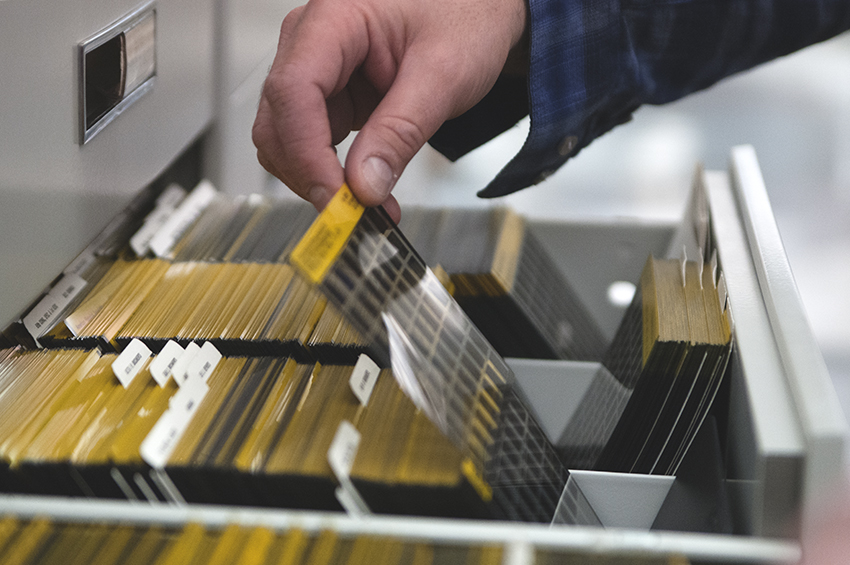
Is this one of the reasons you became so interested in exploring others’ collections at home?
Many people who collect things are highly knowledgeable about what they have because they are so personally invested and obsessed. In my experience, a lot of collectors are just as willing to do the research as a professional curator or institutionally-affiliated scholar. Because people often collect things that museums don’t value, they may have to do a lot of extra work because there might not be a single book on the things they are interested in. If people care deeply enough about a subject they will do the research and pursue scholarship in their own way. I have a friend who must absolutely be the most informed person in the world about punk rock, hardcore and heavy metal records and demo tapes from New Jersey. He has seemingly every thing there is to have and knows everything about it, and knows many of the people in the bands. There is no museum of underground music from New Jersey. If you want to learn about this stuff, you’d have to find my friend Tommy, buy him a beer, and visit him at his house. This may seem less serious to some people. Tommy doesn’t have a PhD. in Musicology, but he is as committed as any museum curator I’ve ever met. Probably far more committed.
I like going to the homes of people that have close relationships with artists or writers, or bands, or publishers and activist groups. Sometimes those people are also artists or publishers. I wish I visited people’s collections in their home more often. Sometimes I go to a person’s house and even though there is great stuff everywhere, we might spend so much time talking that we forget to look at things. Anyway, visiting people that have an intimate connection to a history is exciting and I like this approach to teaching and learning. I aspire to be useful to artists I have a connection to in that way, and whose materials I’m holding onto, and I hope others will create pathways to access things that I have made.

Do you view the projects you work on as journalistic?
Sometimes. It’s not the first time I have heard that. I don’t tend to worry about where one discipline leads into another. My training is in art, but I also published an underground music and political zine (titled Primary Concern) when I was in high school and in the early years of college. I wasn’t in a band, so to support that culture, the thing I could do was interview bands, or review records. If you are interested in stories and people that exist off the beaten path, you have to figure out how to tell those stories. Sometimes I tell them in an art context, like the project I created about the music documentarian and activist Malachi Ritscher for the 2014 Whitney Biennial. Sometimes it’s a story that is told through a lecture, an event, a web page, or a blog post on social media.

A great deal of your practice is spent exploring and working within the Harold Washington Library downtown. How do you choose your subject matter in such a material-dense location?
I’m endlessly fascinated by this particular library and I think of it as a kind of studio. It’s more interesting to me to visit the library with you than to bring you to the basement in my house where I normally work. Late last year I started a publication series titled Library Excavations that explores the kinds of public collections that are hidden in plain view in public libraries. Some things have to be requested because they are stored behind the counter in Special Collections or Archives. Other items can be found through browsing. When I started Public Collectors, the idea was to encourage people to open their homes and share their collections and archives with others. For a variety of reasons, this mostly has not been successful. A public library like Harold Washington has more of the kinds of obscurities that I love than I originally realized, and it is perfectly set up to accommodate visitors, so I want to do more to encourage people to take advantage of this.
Sometimes how I choose to wander in Harold Washington is subject-based. There is a reference section on crime and policing (which has been decimated through recent, aggressive weeding) and for a while that was a great resource area. It’s nearly empty now, sadly. I’ve been in discussions with the Assistant Commissioner about this, and while he believes some of the material may have been moved from Reference to Circulating, I’m fearful that a lot of the most obscure items have been tossed.

How does current political and social turmoil end up influencing what you find in the library or others’ collections?
Being in the social space of the library, all kinds of things can be happening. There are always people who are sleeping or charging their phones, and when it is really cold here there are always way more people in this space. There must be at least 20 people asleep in this building at any given time, or people on their phones or on the internet carrying out necessary transactions. For many people, the library is a place to deal with actual emergencies. My basement studio certainly doesn’t have that dynamic.
The library staff are socially and politically aware. We passed a display of immigration materials and legal brochures that have been put out for public use. There are definitely librarians who are doing these little gestures and adding their own perspectives in subtle ways. Being in a working space that really attempts to engage with the diversity of the city, and being in a space that people depend on for many different services, makes it an interesting place to spend time in. The way the library tries to negotiate the needs of the broadest swath of this city’s population makes it more interesting to me as a place of discovery than something like a museum or any commercial galleries I might visit.
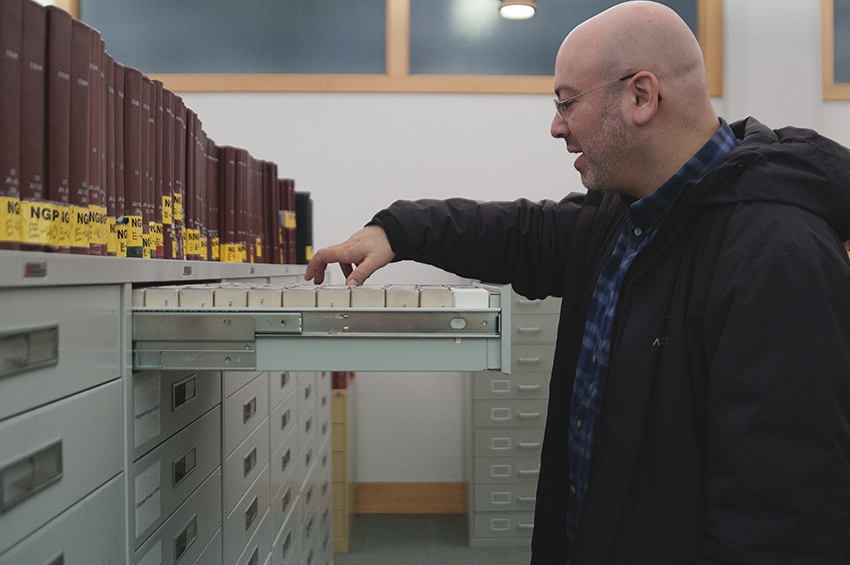
How do you decide whether to photograph or scan source material?
It all depends on how the material is being used and if it is being printed. If I’m just blogging something I’ve seen, a cell phone photo might be fine. I’ve been using a Risograph for large parts of the Library Excavations booklets. The Riso is very forgiving of lower resolution things; offset printing isn’t. It is also about how much faithfulness to the original I want to keep. The Chicago Reader’s collection of touring musician photos is the subject of one booklet based in the library. Even though those are black and white photos, they are often duotone or they have red crayon crop marks drawn on them. I wouldn’t print those on a Riso. I printed them in color even though they are mainly black and white images of varying tonalities. I wanted to adhere to the originals as closely as possible out of respect for the photographers that took those photos. Other material I have published, such as images from black and white ads, I’ve taken greater liberties with.
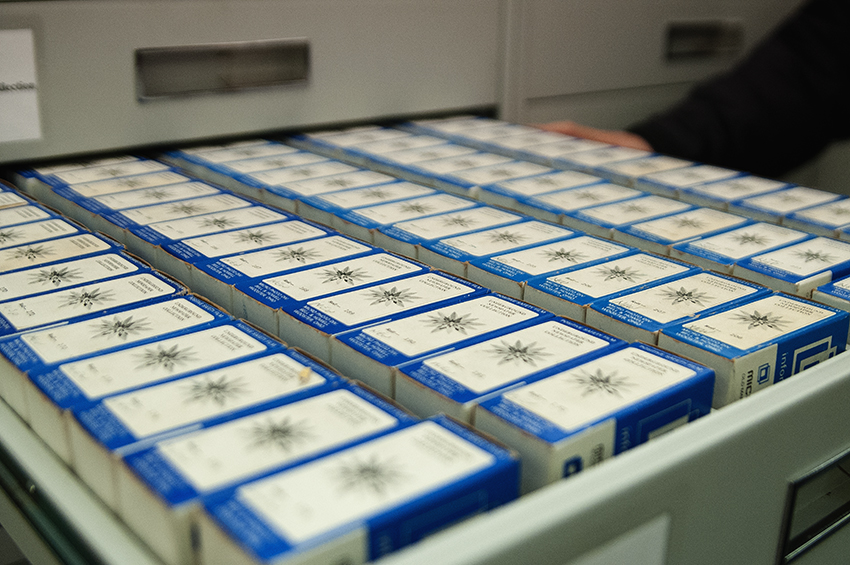
Being in a working space that really attempts to engage with the diversity of the city, and being in a space that people depend on for many different services, makes it an interesting place to spend time in. The way the library tries to negotiate the needs of the broadest swath of this city’s population makes it more interesting to me as a place of discovery than something like a museum or any commercial galleries I might visit.
How do you view your curation of the collections you find? Are there certain rules you use to narrow down the breadth of information of which you engage?
The sky is not the limit on budget and pages, so there are subjects that might be too unwieldy for a publication. The Underground Newspaper collection on microfilm for example, as fascinated as I am by it, seems like it might be too large of a project unless I come up with a very narrow, specific focus. If I wanted to make a 36-page booklet of just images of clenched fists, you could definitely do that with that collection. I could see myself spending 50 hours just scrolling through finding those specific images.
The Chicago Reader touring musician photo archive is stored in 54 banker boxes of photos. I could look at a little of everything, but I thought if I just looked at the first few letters of the alphabet, I could better preserve the unusual combination of artists by virtue of them being alphabetical and not by genre. You could have the black metal dude Bathory next to Anthony Braxton or something. You see these things in relation to each other and the booklet preserves the experience all of these jarring juxtapositions of music.
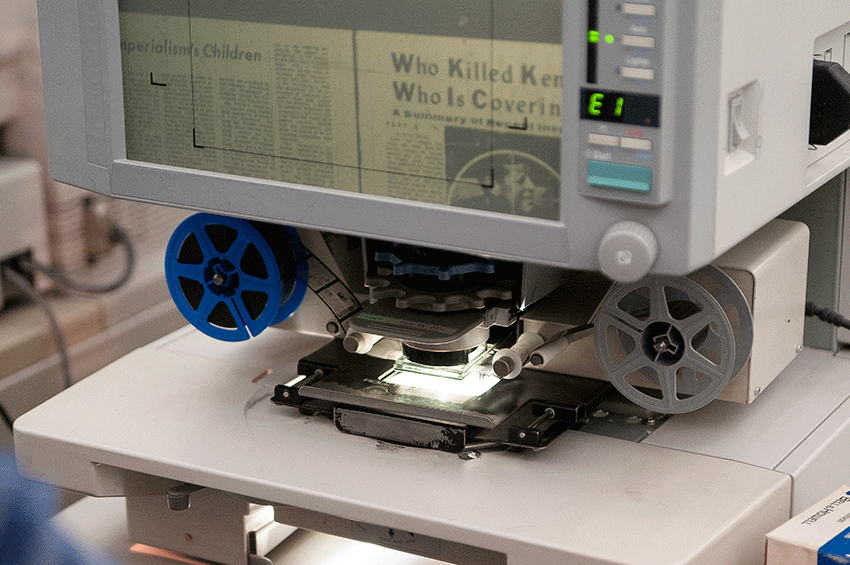
With your project Hardcore Architecture you seem to be pushing the initial source material a step further, why is this project different?
Hardcore Architecture is a pretty large-scale project in that I gave myself parameters that didn’t make it easy to complete in a small way. I also didn’t expect it would take as long as it did. I set out for myself this task to use Google Street View to try and find every home of every band that used a home address as their contact, for music that was reviewed in Maximum Rocknroll from 1982 when the magazine started, until 1989. That is about 79 issues of the magazine. I should mention that Harold Washington Library owns every issue of this magazine.

I like the idea of including every band, not just my favorite bands or the ones I have heard of, and trying to be as complete with that as possible. So far I have found about 575 houses. I expect to post at least another hundred homes. In terms of representing the idea, I feel like people ‘got it’ in the first 150 houses, but I stubbornly want to finish what I set out to do. I maybe have 10 more issues to get through, and then I need to decide if I want to creep forward into the 90s. Lately I like having cumulative projects that I pick at for years but I think this one is nearing a close. Library Excavations is a project that feels limitless to me. It’s nice to have projects that exert different demands. As I continue to work on Library Excavations I imagine that it will keep pushing further into more nuanced areas of what a library can contain.
Hardcore Architecture seems to be as much of a photography project as a research project.
Hardcore Architecture is a way of visualizing that history in a way that is only possible, at this scale, with the inventions of Google Street View. There are definitely editorial decisions I make all the time with the photos, such as how much of the surrounding landscape I want to include, or what angle I approach the home from. There are a lot of composition decisions. The spot that you will land in when you type in an address is rarely the spot that I take a screen grab from.
The biggest thing that I didn’t really think about was people in the groups finding the project. I took care to edit out the street name and number from the images that Google gives you to protect the privacy of people that might still live in those houses. There are people I have become friends with as a result of working on Hardcore Architecture who were in bands I listened to when I was 17-years-old and now we have micro interactions on social media fairly regularly. Some of them inherited or purchased those homes from their parents and still live in the houses shown in the publication or website.
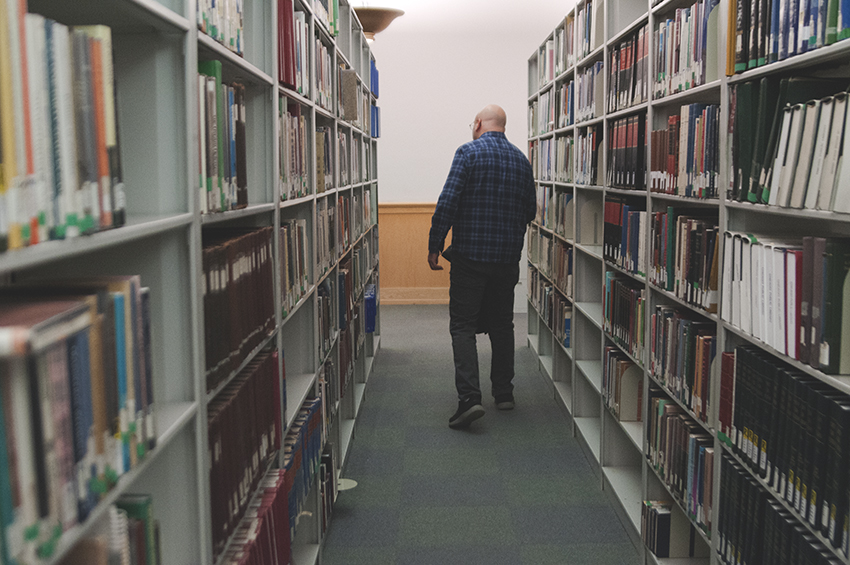
How do you translate these projects and publications to a gallery or other exhibition space?
There are ways of taking in information that generate fairly different insights when I bring something from a web-based space to a physical space. On Hardcore Architecture’s blog, things are in the order that I found them in. There is no transition from one image to the next. Exhibiting the project at THE FRANKLIN I tended to emphasize homes in the Midwest. I liked showing the project at THE FRANKLIN, or at Outhaus in Urbana, because they were both spaces which are connected to someone’s home, so it felt like an appropriate context. At ABC No Rio in New York, I focused almost entirely on New York and New York bands, but also the entire state of New York. That show focused on the range of architecture in the state in general, and how different that is in Queens or the Lower East Side versus a city like Syracuse. At ABC No Rio they still put on hardcore shows, so there were a couple of shows that happened in the middle of the exhibit. The space also has a zine library with a huge collection of Maximum Rocknroll, so we made enlargements of a lot of the covers that are stamped with an ABC No Rio rubber stamp. I like to include other tactile artifacts, when possible, to provide something the internet can’t. I think trying to figure out what each form can do that the other can’t and bringing people together in person to discuss this stuff is an important aspect of a physical exhibition. There are always public discussions of events. At THE FRANKLIN there was one day where I spun records by bands whose homes are included in the project.
